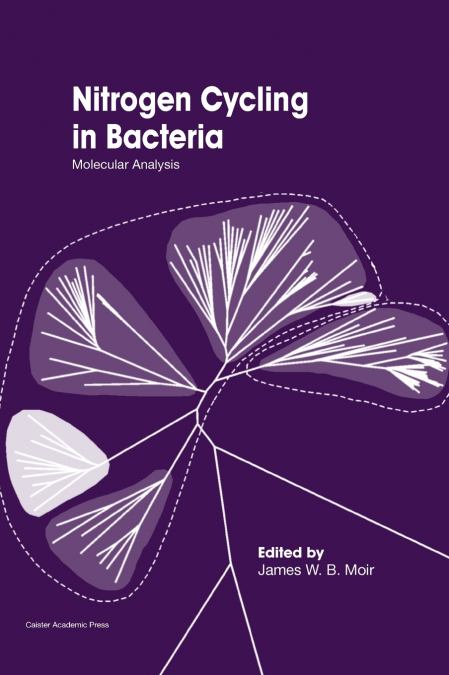
 Donde los libros
Donde los libros
 Librería 7artes
Librería 7artes
 Librería Elías (Asturias)
Librería Elías (Asturias)
 Librería Kolima (Madrid)
Librería Kolima (Madrid)
 Librería Proteo (Málaga)
Librería Proteo (Málaga)
Microorganisms that convert gaseous nitrogen (N2) to a form suitable for use by living organisms are pivotal for life on earth. Another set of microbial reactions utilise the bioavailable nitrogen creating N2 and completing the cycle. This crucial nutrient cycle has long been the subject of extensive research, and recently advances in studying the biochemistry, bioinformatics, cell biology, and the physiology of bacterial nitrogen cycling processes, alongside the advent of the omics age, have had a massive impact, amongst other things, enabling us to fully appreciate the sheer diversity of approaches adapted by individual organisms. Research in this area is at a very exciting stage. This timely book aims to provide comprehensive reviews of current nitrogen cycle research and to give a broader perspective on the state of our understanding of this key biogeochemical cycle. With contributions from expert authors from around the world, topics covered include: the archaean N-cycle; redox complexes N-cycle; organisation of respiratory chains in N-cycle processes; Mo-nitrogenase; nitrogen assimilation in bacteria; alternative routes to dinitrogen; nitrite and nitrous oxide reductases; assembly of respiratory proteins; nitric oxide metabolism; denitrification in legume-associated endosymbiotic bacteria; nitrous oxide production in the terrestrial environment; bacterial nitrogen cycling in humans. This book will serve as a valuable reference work for everyone working in this field and will also be of interest to researchers studying symbioses, environmental microbiology, plant metabolism, infection events and other prokaryote-eukaryote interactions.